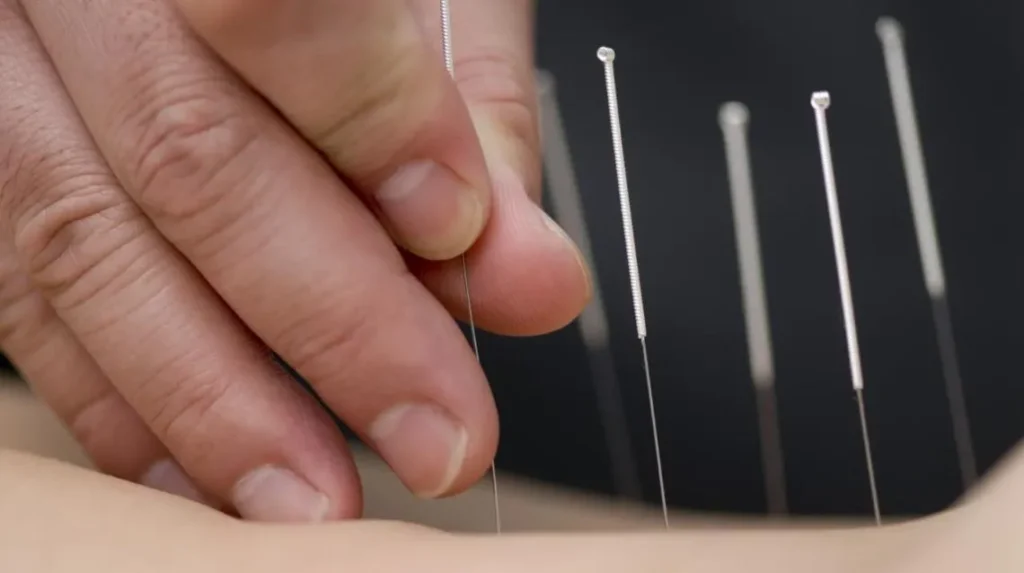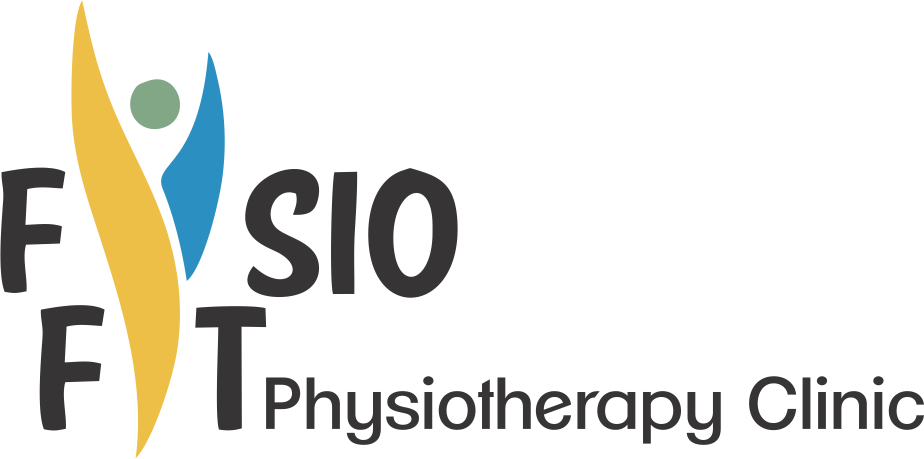
One of the methods to relieve a person of pain in the muscles or any part of the body is myofascial release. This is an integral part of manual physiotherapy. This is done to release the adhered muscles and fascia by applying compression or tension in different directions of the body. Now, fascia is a sheet of connective tissue. It separates the muscles from other organs. When fascia becomes too stiff or loses stiffness it causes pain and hence this technique comes to help. Back, neck and shoulder pain can be reduced by using the myofascial release technique using the dry needling technique.
There are certain trigger points or also known as pressure points in the body. Trigger points are formed in muscles as small contractions. These in turn can pull tendons and ligaments associates with the muscles and can cause deep pain. It is said that trigger points contain an excess amount of acetylcholine. It is a neurotransmitter and it acts as a protective layer when a muscle experiences injury, or strain caused due to incorrect posture or too much movement, etc. There is also lesser blood flow in the trigger points. This causes the trigger points to be centers of pain.
DRY NEEDLING
Dry needling was discovered by the British physician Dr. Peter Baldry, in the 1980s. It has been adapted from acupuncture though there is a difference between acupuncture and dry needling. Dry needling is also known as Trigger point dry needling or intramuscular stimulation. Dry needling consists of a set of procedures in which a fine needle is inserted at the myofascial trigger points. Along with the trigger points, the underlying muscles, connective tissues, etc. are also triggered to reduce the pain. By the insertion of the dry needle, the taunt or the band or the center of pain is subject to contraction and relaxation. This results in the release of a chemical that is pain relieving. Dry needling also helps in muscle regeneration. The needles are often called filiform needles to measure 25 gauge or thinner.
The dry needle is inserted in the skin and muscles for about 15 or 20 minutes and sometimes 30 minutes or so. It is inserted into or nearby the muscle knots. Now, the trigger points may be located away from the area of the body that has pain actually. Sometimes, a person may be having shoulder pain but the trigger point may be located at the neck.
DETAILED PROCEDURE
Before the myofascial dry needling procedure, the doctor examines the patient to see the specific area of the body that is experiencing pain. They see if there is more than one part of The body that has pain. Then the doctor has to evaluate if that particular pain can be relieved by myofascial dry needling or not. The therapy should be performed only in the doctor’s clinic by an experienced physiotherapist who is certified is reliable.
The patient should feel comfortable to convey to the therapist the pain he or she is experiencing and then the therapist must be able to gauge the issue. The person undergoing the myofascial therapy is advised to wear comfortable clothes so that, the physiotherapist can access the trigger points easily. During the procedure, the area of the body to be treated is sterilized.
THE DRY NEEDLING TECHNIQUE CAN BE SUB-CATEGORIZED INTO THREE TYPES:
Non-trigger point dry needling :
In this technique, the dry needles are not inserted into the trigger points directly. Instead, they are inserted into the area surrounding the muscle knot or taut.
Pistoning technique:
In this technique, the needles are quickly inserted and removed from the trigger points. The dry needles are not left at the trigger points as we discussed earlier. This provides relied on the area as the pain-relieving chemicals are released in the body part.
Superficial dry needling:
In this technique, the dry needles are inserted in the skin to a depth of about 5mm or 10 mm for just about 30 seconds, and the physiotherapist gauges as to whether the insertion is sufficient for the knots to be released.
Having said all of that, the basic principle of the dry needling is the same in all these techniques.
SENSATIONS DURING THE PROCEDURE
During the procedure, the person may feel soreness in the muscles or pain. These are because the muscles are responding to the dry needling technique. A person gets over these minor aches sooner.
POST-PROCEDURE
The physiotherapist would inspect the area where the dry needling procedure has been done. The centers of dry needling should not have any reactions or bleeding. After the procedure, the person should have a lot of water. The doctor might ask the person to have sometimes more water than is required. Sometimes, to relieve soreness of the body, heat or ice therapy, warm bath, etc. is also recommended. After a single session or a few sessions, the physiotherapist will inspect the area to check if it still pains or if it is still sore. If the dry needling is effective, the pain in the area might disappear altogether or may require some other therapies as well. The physiotherapist makes sure that the muscle taut or knots are released by virtue of the dry needling technique.
Before the beginning of the procedure, as we stated earlier, the patient must ask questions to the physiotherapist so that the patient and the physiotherapist exactly know as to what the concern is and whether the condition is treatable or not by dry needling. Dry needling is effective in relieving pain from the part of the body, albeit it is performed by a certified physiotherapist.
The cost of dry needling varies from place to place. However, in India, the cost of a session of dry needling varies from Rs 500 to Rs 1000. So, if a person undergoes two or three sessions of myofascial dry needling, the total cost may go up to Rs 3000 or so. Thus, myofascial dry needling can be termed as a cost-effective way to treat certain types of pain in the body.
